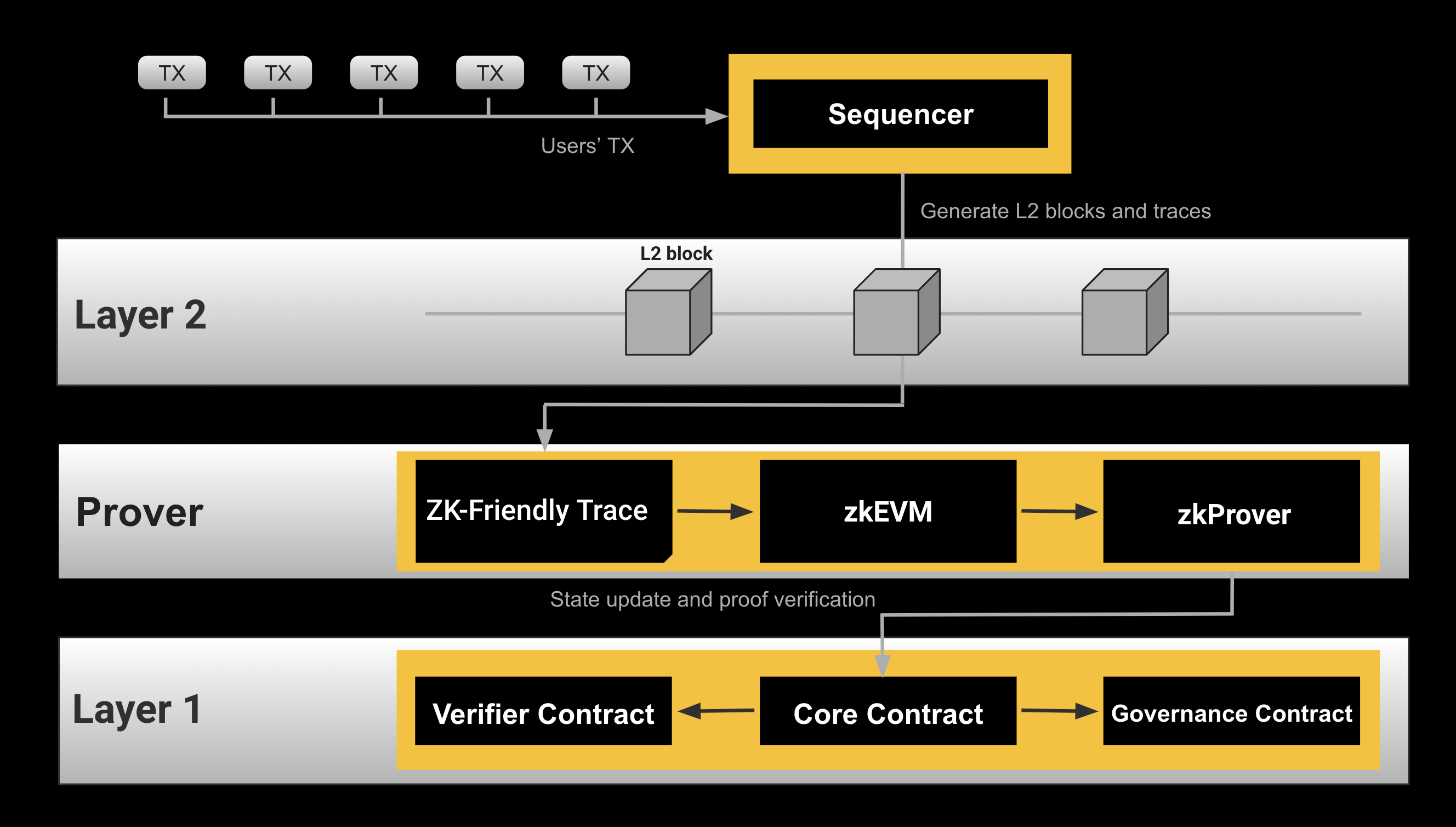Why will the new public chain embrace zkEVM-based/zkRollup?
first level title
New public chain Aptos/Sui and Move smart contract language
As of 2022, among the many emerging industrial chains, the so-called Diem L 1 public chain will receive the most attention, including Aptos and Sui, which focus on the Move smart contract language. Aptos/Su was started by engineers who worked at Meta (formerly Facebook) on Diem (formerly Libra), the name of the company’s proprietary blockchain and its stablecoin. These projects all inherit many functions of Diem, and at the same time have different characteristics from the existing L 1 public chain in terms of performance, programming language and mechanism.
The programming language Move used by Aptos/Sui is characterized by completely redefining"modular structure", enabling tokens, NFTs, smart contracts, and other assets to be concisely and modularly defined using a single data module. This is unmatched by Ethereum's EVM - anyone who has developed with the EVM will know how difficult it is to use module structures (and nested structures) in Solidity. Consider the classic Re-entrancy Attack. This has plagued the projects of the EVM system for a long time, often causing losses of millions or tens of millions of dollars. Since the Move language adopts a resource-based approach, it is impossible for Move to have re-entry attacks.
Whether Aptos/Sui can stand out as a mainstream public chain in the future is not only related to the language used, but also depends on the imagination of future projects on the chain. If ETH is a 4-lane road, although the lanes are not wide, there is a constant stream of people coming and going, and occasionally there are complaints about congested roads, then Aptos/Sui is like an 8-lane highway, using the best asphalt and the most Advanced security lights, but there doesn't seem to be much traffic. For the public chain, on the one hand, it is technological innovation, and on the other hand, it is the project on the public chain that feeds back the traffic of the public chain itself. A public chain without applications is difficult to stand out even if the technology is good.
first level title
How to build zkEVM-based zkRollup on Aptos/Sui
image description

Figure 1 : Generic zkEVM-based zkRollup
first level title
Omnichain zkRollup will finally appear in Web 3 network
In the future, the ecology of the Web 3 network will not be dominated by Ethereum alone, but multiple public chains will coexist, and cross-chain and cross-chain interaction of assets will therefore become an important requirement. If you consider traditional cross-chain bridges, if you don’t care about security, then if there are only 3 chains, you only need 3 cross-chain bridges, but if you have 5 chains, you need 10 cross-chain bridges, and if you have 20 chains, you need only 3 cross-chain bridges. Nearly 200 cross-chain bridges are needed to enable direct communication between two of these chains.
Therefore, an Omnichain zkRollup will eventually become the final destination of cross-chain or even full-chain applications. On the basis of the above-mentioned general-purpose zkEVM-based zkRollup, another Ominichain Interoperation Protocol is connected (this is a very important track in the next five years, players include LayerZero, HyperLane, Way Network, etc.), thus forming the so-called Omnichain zkRollup . It will bring together asset liquidity from the whole chain and play the role of the execution layer of the whole chain. It ensures the correct type of transaction through zero-knowledge proof, and enjoys the security equivalent to the sum of the whole chain. We imagine that an Omnichain zkRollup will realize fully programmable interactivity of assets and information from the entire chain. Users can send transactions on this to initiate such interactions. These interactions will change the status of accounts from various chains. Omnichain zkRollup will calculate and update the state on each chain in units of blocks, and submit a proof of state update.
The vision of Omnichain zkRollup contains infinite possibilities. People can deploy a decentralized exchange that brings together all chains; they can create GameFi and SocialFi that bring together users from all chains; Applications without borders will be possible.



